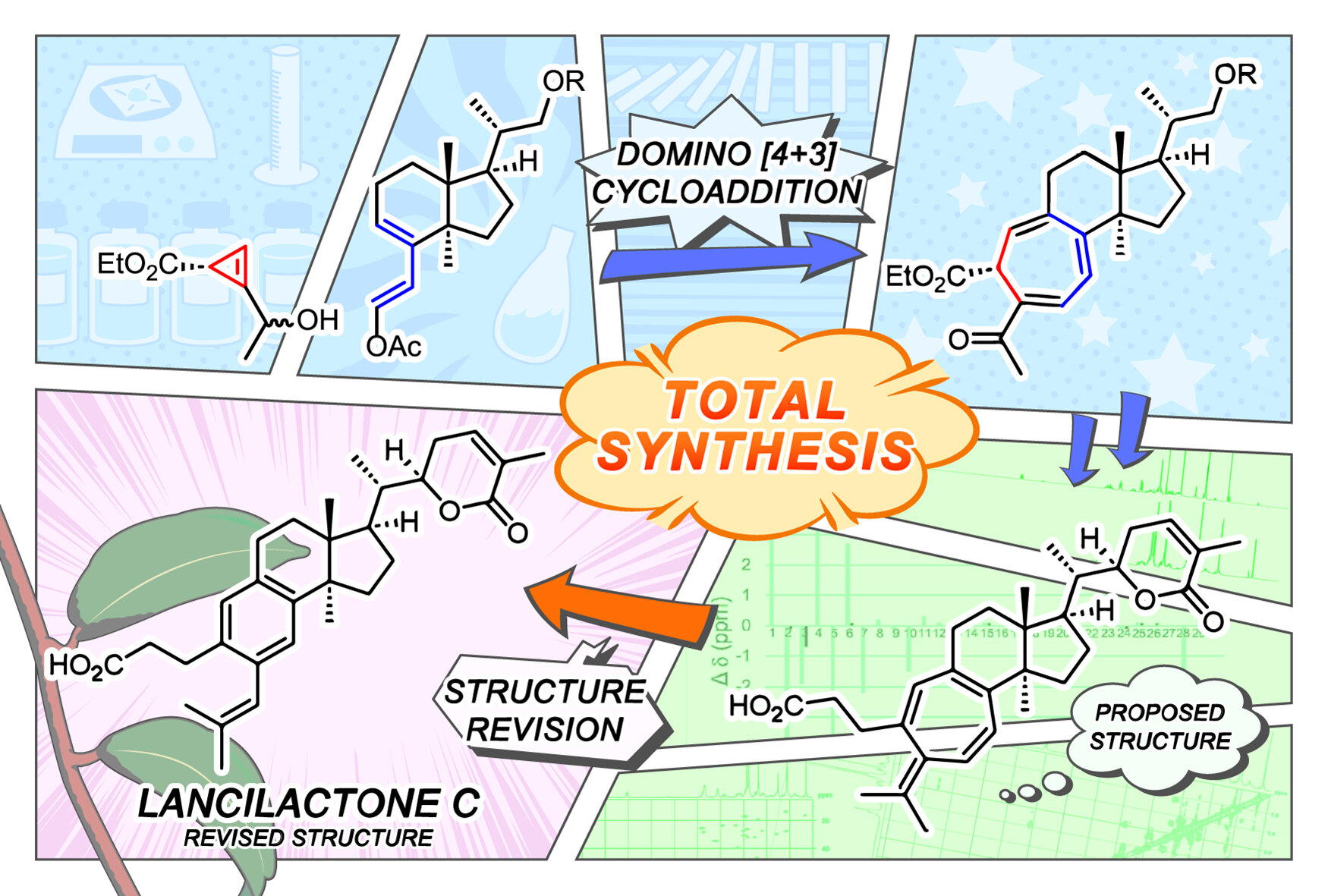A groundbreaking study published in the renowned Journal of the American Chemical Society has unveiled an innovative method for crafting the true structure of the rare and potent anti-HIV compound known as Lancilactone C. This accomplishment marks an important milestone in the quest for effective HIV treatment options.
Lancilactone C possesses a unique seven-membered ring structure and possesses non-cytotoxic properties in mammals, making it an ideal candidate for AIDS treatment. However, its scarcity in nature and unclear biological activity have posed challenges to harnessing its potential.
Thankfully, a team of researchers from Kyoto University has achieved a remarkable feat by developing a domino-like synthesis approach for Lancilactone C’s distinct structure. This breakthrough came after realizing that the proposed structure was initially incorrect, leading to the derivation of the true structure through thorough analysis of spectral data and understanding of its biosynthesis.
Intriguingly, this synthesis method revealed that the same rearrangement reaction used in organic chemistry, known as electrocyclization, also occurs naturally in the compound’s biosynthesis process.
Although it remains uncertain whether the proposed structure with an unsaturated seven-membered ring exists as an analog or equivalent compound in nature, understanding its impact on biological activity is crucial.
The successful total synthesis of lancilactones and related triterpenoids using the domino-like reaction has sparked further interest in optimizing compound structures, potentially leading to the development of novel antivirals.
For economically burdened patients, the continuous reliance on multiple medications and complex treatment regimens often takes a toll on their quality of life. The synthetic method developed for Lancilactone C holds the promise of creating less problematic anti-HIV drugs that can alleviate this burden.
More information:
Hidetaka Kuroiwa et al, Total Synthesis and Structure Revision of (+)-Lancilactone C, Journal of the American Chemical Society (2023). DOI: 10.1021/jacs.3c04124
Citation:
Advances in producing the anti-HIV compound Lancilactone C (2023, July 28)
retrieved 29 July 2023
from https://phys.org/news/2023-07-advances-anti-hiv-compound-lancilactone.html
This document is subject to copyright. Apart from any fair dealing for the purpose of private study or research, no
part may be reproduced without the written permission. The content is provided for information purposes only.
Denial of responsibility! TechCodex is an automatic aggregator of the all world’s media. In each content, the hyperlink to the primary source is specified. All trademarks belong to their rightful owners, and all materials to their authors. For any complaint, please reach us at – [email protected]. We will take necessary action within 24 hours.

Jessica Irvine is a tech enthusiast specializing in gadgets. From smart home devices to cutting-edge electronics, Jessica explores the world of consumer tech, offering readers comprehensive reviews, hands-on experiences, and expert insights into the coolest and most innovative gadgets on the market.


